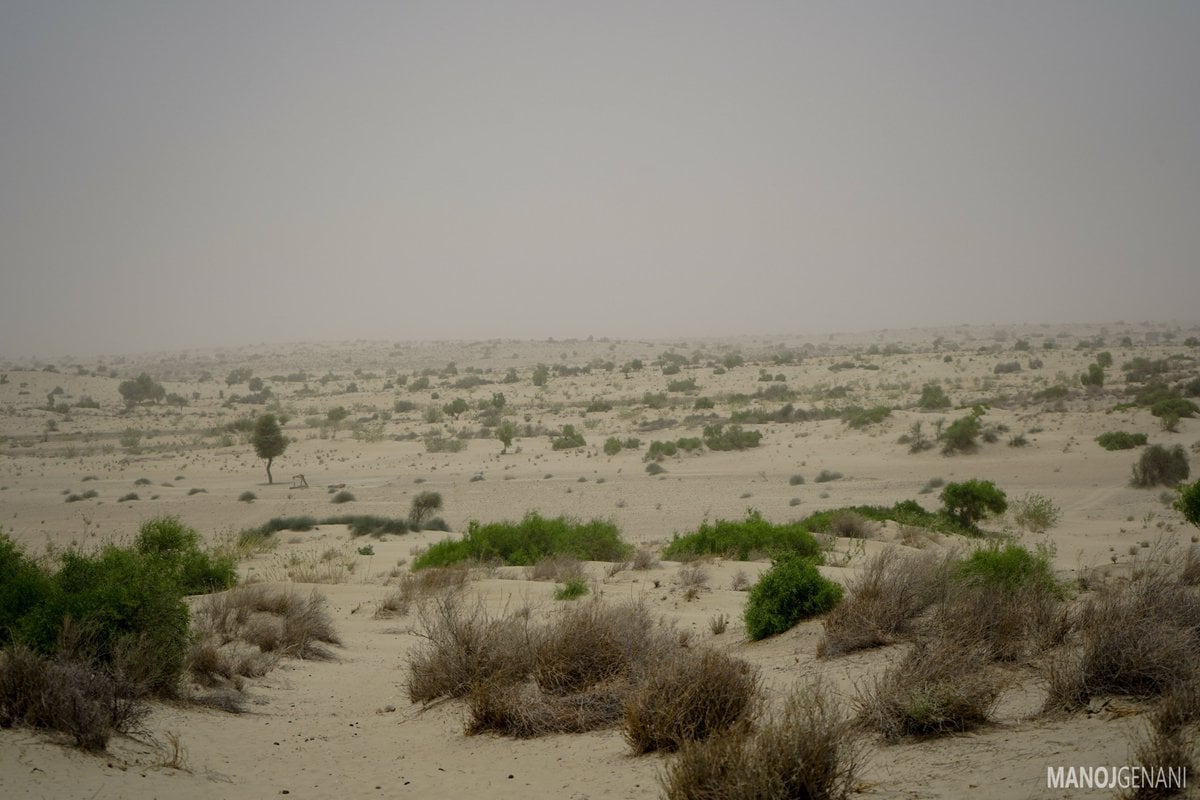Greening Trends in the Thar Desert
The Thar Desert, located in northwestern India and southeastern Pakistan, has witnessed a remarkable transformation over the past two decades. A recent study revealed a 38 per cent increase in greening annually, primarily due to enhanced monsoon rainfall and agricultural expansion. This phenomenon is unique as it contrasts with trends seen in other deserts worldwide.
Climate Change and Precipitation Increase
Between 2001 and 2023, the Thar Desert experienced a 64 per cent rise in annual precipitation. This increase averages 4.4 millimetres per year since 2000. The summer monsoon season has been particularly impactful, driving vegetation growth. The study brought into light that only four major deserts, including the Thar, showed notable precipitation increases during this period.
Role of Groundwater Resources
Groundwater has played important role in the greening of the Thar Desert. The report indicated that groundwater contributed 55 per cent to vegetation growth annually, while precipitation accounted for 45 per cent. During the summer monsoon, precipitation’s contribution was even higher, at 66 per cent. In contrast, groundwater was the primary driver during non-monsoon months, accounting for 67 per cent of the greening.
Agricultural Expansion and Its Impacts
The region has seen agricultural boom, with crop areas increasing by 74 per cent between 1980 and 2015. This expansion has led to a 24 per cent rise in irrigated land. The Kharif season crops heavily rely on summer monsoon rainfall, while Rabi season crops depend on irrigation. However, this agricultural growth has also resulted in groundwater depletion due to excessive extraction.
Urbanisation Trends in the Thar Region
Rapid urbanisation has characterised the Thar Desert, with urban areas increasing by 50 to 800 per cent from 1985 to 2020. This urban expansion is linked to the region’s population growth, which outpaced other deserts. The Thar is now noted for having the highest population density among deserts globally, further straining local resources.
Research Methodology and Findings
The study, conducted by researchers from IIT Gandhinagar and NASA, used advanced satellite and in-situ data to analyse vegetation changes and precipitation patterns. It compared data from 14 major deserts worldwide, establishing that the Thar Desert stands out for its concurrent increases in population, rainfall, and vegetation.
Month: Current Affairs - April, 2025
Category: Environment Current Affairs








